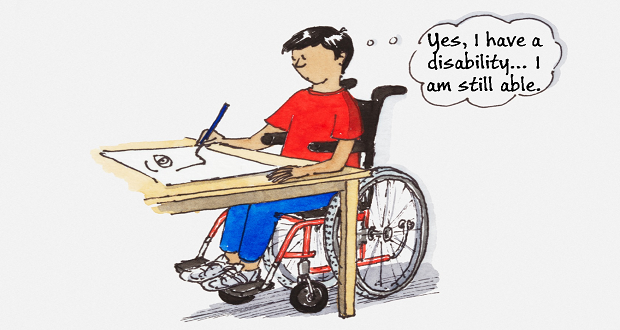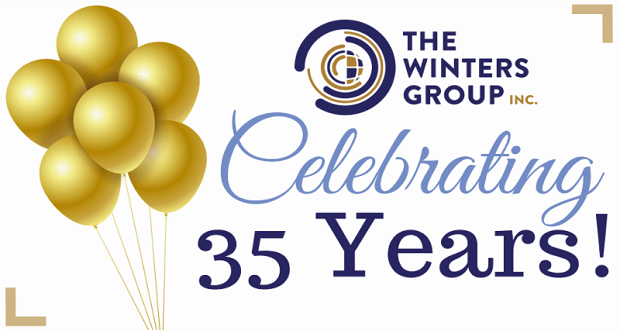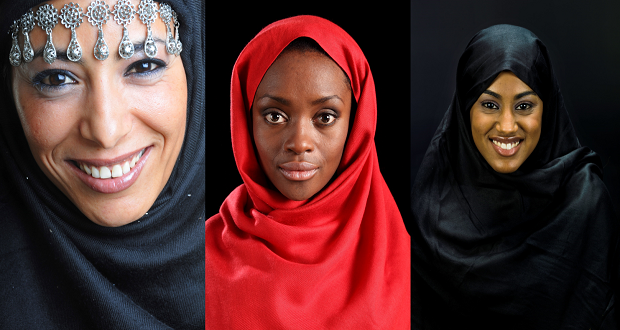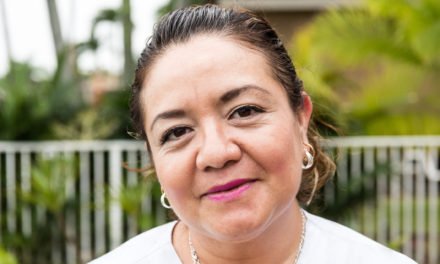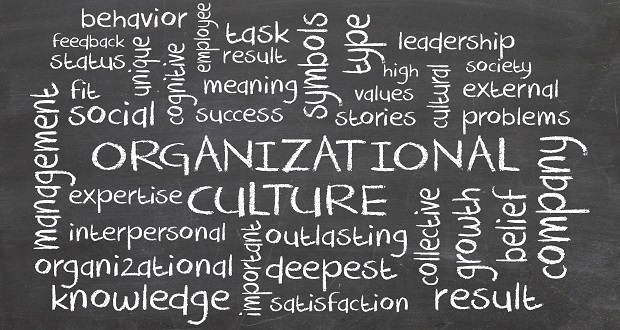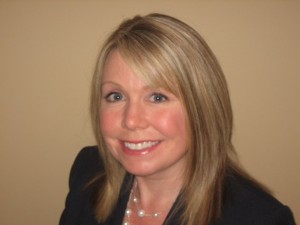
Mary McFarland, VP, Engagement & Inclusion Partner, Fifth Third Bank
One in five Americans report having a disability, making this the largest minority demographic. With the recent changes to Section 503 of the Rehabilitation Act to establish a seven percent utilization goal of individuals with disabilities, this year’s National Disability Employment Awareness Month should be particularly prominent. This month presents an opportunity for organizations to promote a culture of inclusion for individuals with disabilities. Companies may currently employ a significant percentage of individuals with disabilities. However, the challenge is that often employees are not comfortable disclosing their disability. Using the correct language is a critical element and the U.S. Department of Labor recommends using people-first language.
As a person with a disability, I can attest to the importance of using people-first language in positioning messages and supporting employees in self identifying as a person with a disability. Foremost, I’m a person, and my condition is second – I have congenital, bi-lateral hip dysplasia. That means both of my hips were disconnected a birth. This wasn’t discovered until I was two years old, requiring four reconstructive surgeries. During the many consultations with doctors, the goal was to get me to “normal,” making it clear that I was not “normal” and it was a goal that was never obtained.
While I understand why doctors use this term, it is important that we do not use words like this in the workplace, as it creates a comparative “we versus them” tone. Additionally, words like “disabled, handicapped or crippled” don’t resonate with me and, frankly, are offensive. I’ve been independent my entire life: I got my first job at age 14, bought my first car on my own, worked my way through college and went on to obtain my masters. I’m married with one child and am the family breadwinner. Now that I work with business resource groups for people with disabilities, I find employees have a difficult time feeling a connection with the group because they don’t describe themselves as “disabled” and have a fear of being labeled as such. The word “disable” literally means to stop, immobilize or render inoperative. This doesn’t describe us and all that we are able to accomplish. However, if the question is changed to, “Do you have a disability?” Then we can answer, “Yes, I have a disability…..and I am still very able.”
Like other areas of diversity, people with disabilities are on a journey. The language is transforming to truly reflect this large diverse constituency of individuals. Some have suggested that a more appropriate descriptor be “differently abled.” Savvy organizations that want to engage their employees with disabilities and help them feel safe in self disclosing will pay close attention to the language they use in verbal and written communications and will be well-served to adopt the people-first language.

